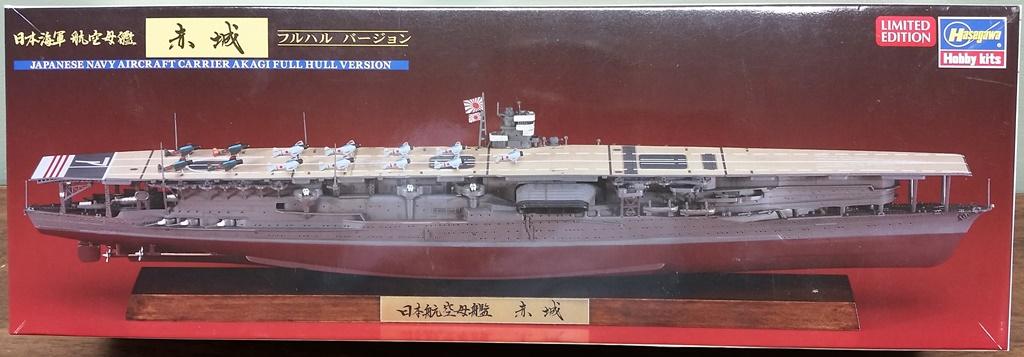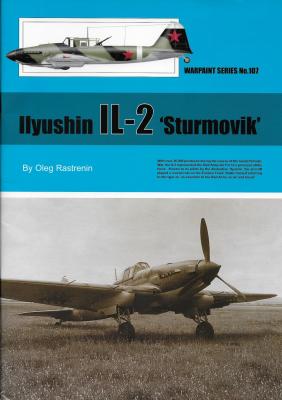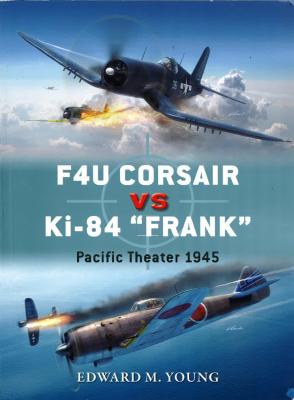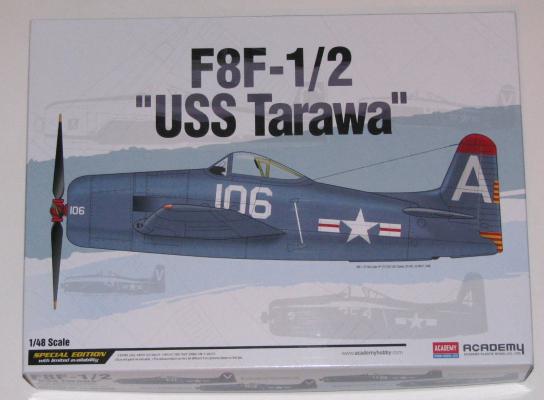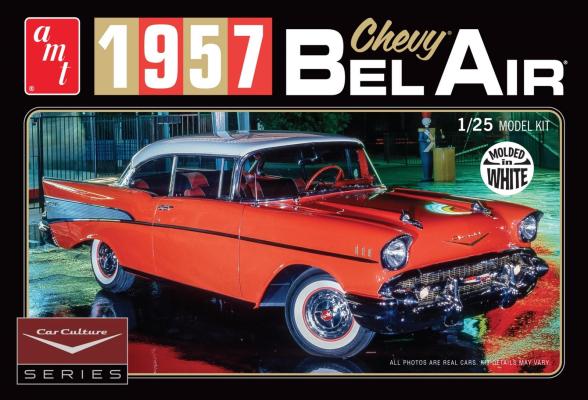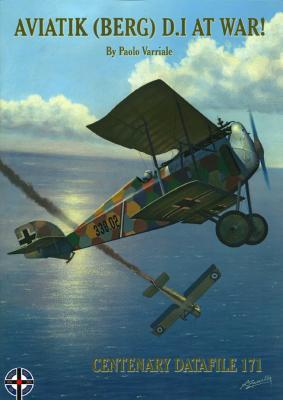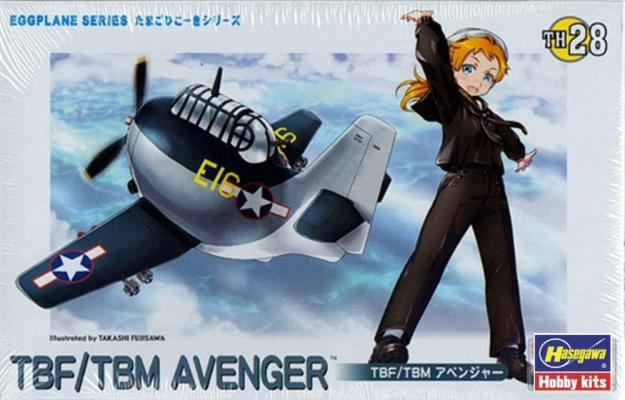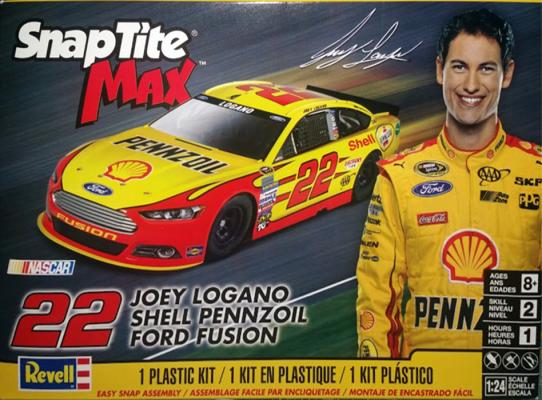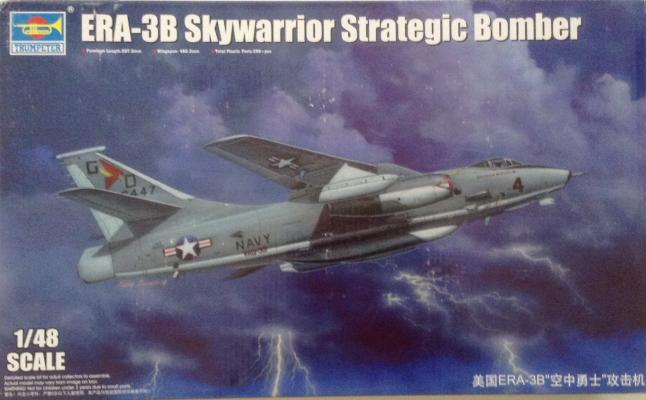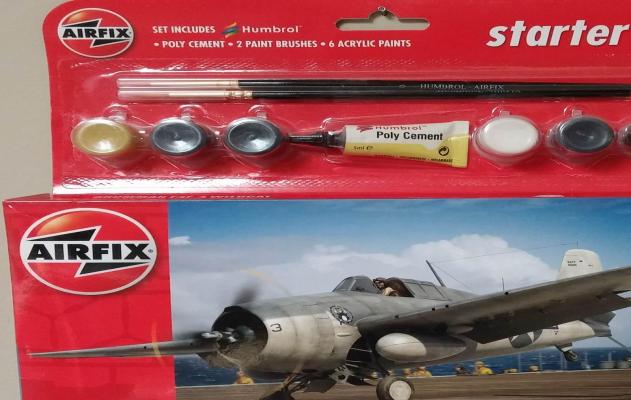The Akagi is arguably the best known of Imperial Japan’s aircraft carriers. Like the American carriers Saratoga and Lexington, she was laid down as a battle cruiser, and then converted to carrier as a consequence of the Washington Naval Treaty. Commissioned in 1922, Akagi was Japan’s second aircraft carrier (after the diminutive Hosho). Initially built with three separate flight decks, Akagi was updated in the 1930s to handle larger and heavier aircraft. Gone were the three separate decks in favor of a single flight deck running the length of the ship, together with an island structure added to the port side.
What's New
Guideline has just added the Ilyushin IL-2 to the list of titles in their “Warpaint” series.
The pages of this book are all printed on high-quality, glossy stock, and the covers are in stiffer card stock, also glossy. As with other titles in this series, the production quality is quite high.
There are not really any distinct “chapters” in the book, but each new section is labeled in bold type. The author dives right in on page one to explain the history behind the idea of the Il-2, and its subsequent creation. Having established that, he then discusses early production, modifications, and further production. The addition of a second crewman (rear gunner) is covered in depth, as this was a major change to the initial version of the aircraft. Some brief combat history is woven throughout the developmental history, as in large part it was the combat experience that resulted in the need for changes to the airframe.
The newest in Osprey’s Duel series is authored by Edward Young, a retired financial executive. He has written a number of books and numerous articles on aviation and military history, including: Osprey Campaign Series 136: Meiktila: The Liberation of Burma, Warrior Series 141: Merrill's Marauders, Osprey Combat Aircraft Series 87: B-24 Liberator Units of the CBI, Duel Series 41: B-24 Liberator vs. Ki-43 ‘Oscar' and Osprey Aircraft of the Aces 109 - American Aces Against the Kamikaze. Illustrator Jim Laurier, a native of New England, provides the color profiles. Jim has been drawing since he could hold a pencil and throughout his life he has worked in many mediums creating artwork on a variety of subjects. He has worked on the Osprey Aviation list since 2000, and has been featured in hundreds of aviation books. Gareth Hector is a digital artist of international standing as well as an aviation history enthusiast. Gareth Hector the cover artwork along with a two-page spread of Lt.
History
Ordered in 1943, the first F8F flew in 1944. The XF8F-1 had a speed of 424 mph was armed with four .50 caliber guns in the wings and could carry two 1000lb bombs. Deliveries of the F8F-1 began in May 1945 but due to the end of the war the order was cut to 770 from 2900. Later Grumman received a contract for 126 F8F-1Bs which had four 20mm cannons instead of the .50 guns. The F8F-2 was introduced in 1948 and 293 of the -2 Bearcats were built by Grumman with the biggest differences being a taller fin & rudder and a revised cowling. Besides the U.S. Navy & Marine Corps F8Fs were used by Thailand, South Vietnam and France.
The '57 Bel Air is truly one of the most beloved cars in the history of the automobile. Its unique styling is unmistakable. I was thrilled to be able to have the opportunity to build Round 2's newest creation. It is released under their series of cars entitled "the Car Culture" series. Everything comes molded in white so to me that's a good thing. It has no flash and the entire car is very intricately detailed. It contains 160 plus pieces including photo etched chrome.The chrome etching covers the namesake fins, as well as the front and back gold V's that require some gold paint to accurately depict them, as well as the 3 inserts in the front fenders. As of these pics I hadn't completed these yet.
Italian historian Paolo Varriale has taken a new look at the Aviatik’s (Berg) D.I service in WWI.
A single seat fighter designed by Julius von Berg, the Aviatik D.I first flew October 16, 1916, unfortunately killing the test pilot. Approximately 677 airframes were built, and that constituted nearly 43% of the fighters accepted by the Austro-Hungarian Army Air Service. The Aviatik (Berg) D.I was light and fast, but suffered from poor manufacturing quality leading to an adverse reputation for shedding wings.
Summary
Hasagawa has re-released their previously out-of-production Tamago Plane Series Egg Plane caricature of the venerable TBF/TBM Avenger, this issue sporting two sets of new markings, including the popular set for USS Mission Bay (Code E16).
The small, sturdy box contains two sprues of relatively hard, blue plastic, a clear plastic canopy packaged separately, one medium sheet of decals which are thin and in perfect register, and one instruction sheet totaling 6 pages with 2 steps, printed in black and white.
The markings in the kit cover two schemes: TBF-1C: U.S. Navy USS Mission Bay Code: E16 and TBM-1C: U.S. Navy VC-42 Code 21.
Early last year I was excited to see that Revell was going to release two new NASCAR kits sometime in the 4th quarter of 2015. I was equally excited because these would be of the newer Generation 6 style of cars and Ford Fusions. Well the bubble burst when I discovered that these kits would be SnapTite kits. Excited for the kids and snap builders, but a little disappointed that we haven’t had a new glue-style NASCAR kit in almost two decades.
I understand Revell plans to rectify this situation in 2017-18, based on the sales of these snap kits. At $24 dollars each I am really skeptical that they will be able to penetrate the youth market with these kits.
This is the first installment, “First Look,” of Trumpeter’s Douglas ERA-3B 1/48th scale variant to be released by Trumpeter in 2016. The plane represents the US Navy, VAQ-33 ‘Firebirds’, ERA-3B, 104/GD BuNo. 146447. The ERA-3B variant was converted from the RA-3B variant as an electronic aggressor aircraft serving with the VAQ-33 and VAQ-34. I won’t bore you with a long lengthy dissertation on the history of the Douglas A3 and this variant so I will just include here a description presented on Trumpeter’s product website which will suffice for most modelers. I’m sure during your build one would do their own further research. “The Douglas A-3“Skywarrior”was a strategic nuclear bomber developed for the US Navy.
Background
This is Airfix’s second boxing of its new-tool F4F-4 Wildcat. This is the same plastic that comes in the first Airfix release, but this release is marketed under the “Starter Set,” meaning it comes with some paints, glue, and two paintbrushes. The paints are Humbrol acrylic and include: Trainer Yellow Matt (No 24), Sea Grey Matt (No 27), Black Matt (No 33), White Matt (No 34), Gunmetal metallic (No 53), and US Light Green Matt (No 117). I tried the paints with the supplied paintbrushes, and although the brushes are not very fine, they did work well with the paint once mixed. Therefore, for someone new to the hobby, this kind of a starter set should actually be useful.

